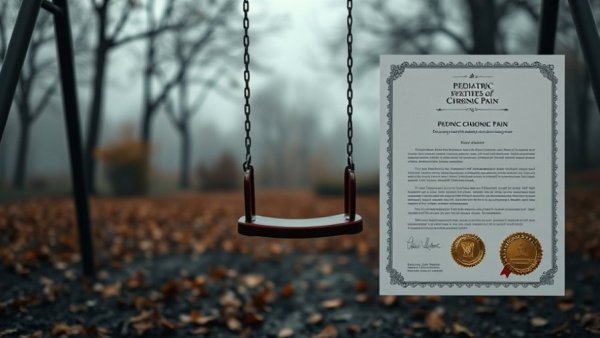
The Unseen Burden of Pediatric Chronic Pain
Chronic pain in children is often misunderstood, dismissed, and treated as an invisible ailment. For countless families, like that of Kari McBride, this invisible burden comes with emotional and psychological tolls that are all too real. Medical professionals often label the pain as 'just chronic,' but to those living with it, every tear, every sleepless night, and every plea for relief is a testament to its profound impact on daily life.
Raising Awareness During Pediatric Pain Awareness Month
In September 2025, Arizona proclaimed it as Pediatric Pain Awareness Month, making a significant stride toward recognition of this issue. National initiatives like the one championed by the U.S. Pain Foundation are aimed at unmasking these silent struggles, under the theme “Unmasking Pain: Because pain is more than a chart. It’s a life.” Such efforts validate the reality of pediatric pain, ensuring that families and children feel acknowledged rather than invisible.
The Impact of Chronic Pain on Daily Life
Statistics reveal a disheartening reality: approximately 1 in 4 children live with chronic pain, equating to around 445,000 children in Arizona alone. This statistic is not just a number; it represents missed school days, strained friendships, and a marked decline in the quality of life for these children. The pain affects every facet of their existence, from their concentration in class to their ability to engage meaningfully with peers, leading to a troubling cycle of isolation and despair.
Shared Experiences as Caregivers
Parents and caregivers carry the weight of their child's pain in tangible ways. Kari shares that she, too, shoulders the stress of sleepless nights, strained relationships, and disrupted careers. The emotional and physical exhaustion experienced by caregivers cannot be overlooked; they experience their child's pain vicariously, feeling just as lost in a healthcare system that often fails to address their needs adequately.
Addressing the Pain Crisis: Health Systems Must Adapt
Despite progress in highlighting pediatric pain, many healthcare systems remain ill-equipped to provide adequate pain management. According to the Society for Pediatric Pain Medicine, current practices are outdated, with many children undergoing painful medical procedures without sufficient pain relief. There is a pressing need for standardized care that prioritizes pain management as a fundamental aspect of pediatric healthcare. Innovations like Canada’s new pediatric pain management standard aim to make pain management more equitable and personalized, ensuring that every child receives the care they deserve.
Future Trends: The Importance of Early Intervention
Research shows that understanding and effectively managing a child’s pain can have lasting positive effects on their physical and emotional development. With better awareness, there can be earlier diagnoses and more effective interventions, paving the way to improved quality of life for these children. Pain management, especially in pediatric populations, must evolve to include comprehensive assessments and tailored strategies that involve the child and their family in the care process.
Join the Conversation During National Pain Awareness Month
As we shine a light on pediatric chronic pain, awareness leads to advocacy. Parents, caregivers, and advocates alike must come together to unmask the invisible struggles of children and push for systemic changes within healthcare settings. By acknowledging and actively addressing pediatric chronic pain, we can help create a supportive environment where all children can thrive, rather than merely survive. Your voice matters in this crucial dialogue!
To get involved further, consider joining awareness campaigns, sharing your experiences, or connecting with local advocacy groups dedicated to improving pediatric pain management. Together, we can ensure that no child feels invisible in their battle against pain.
 Add Row
Add Row  Add
Add 




Write A Comment